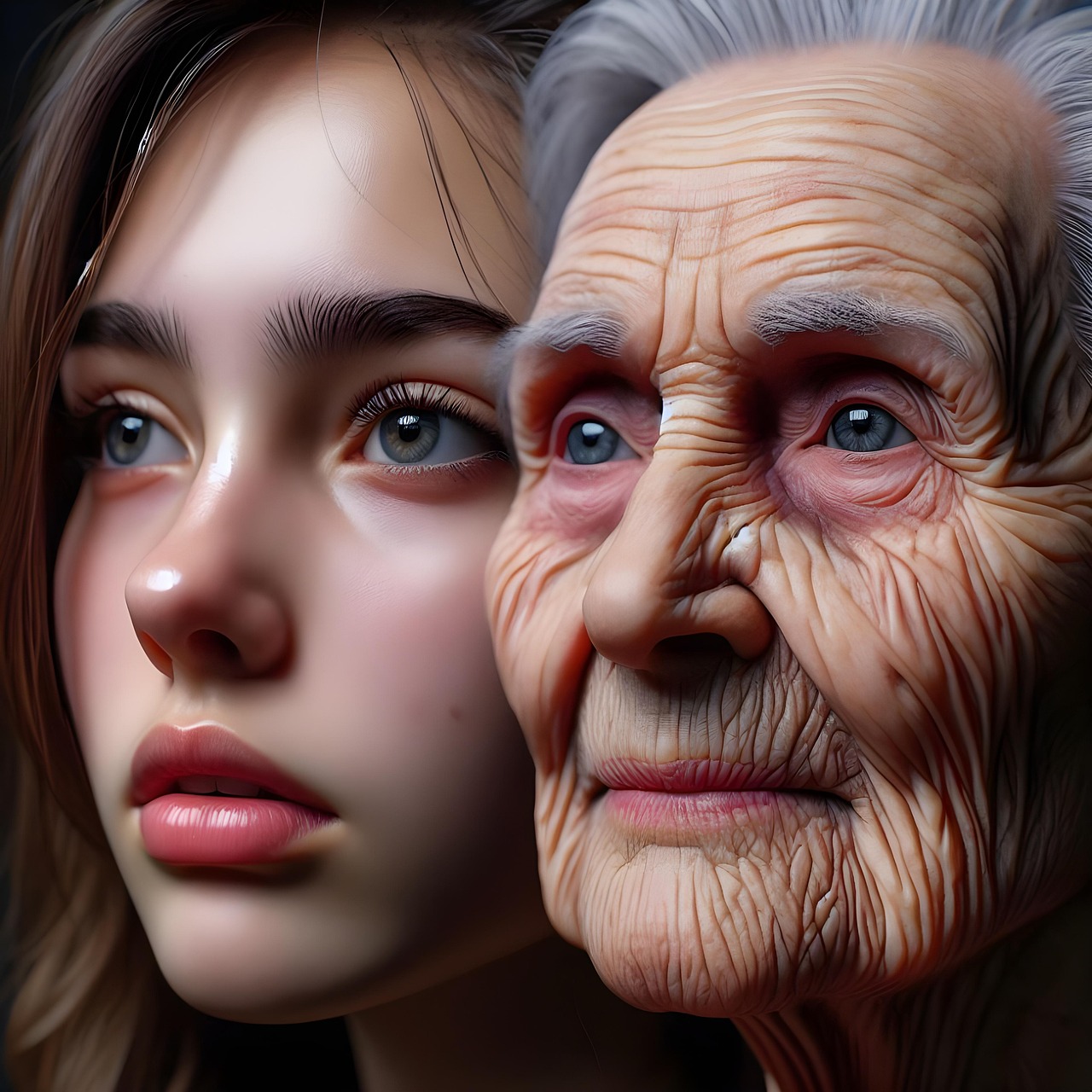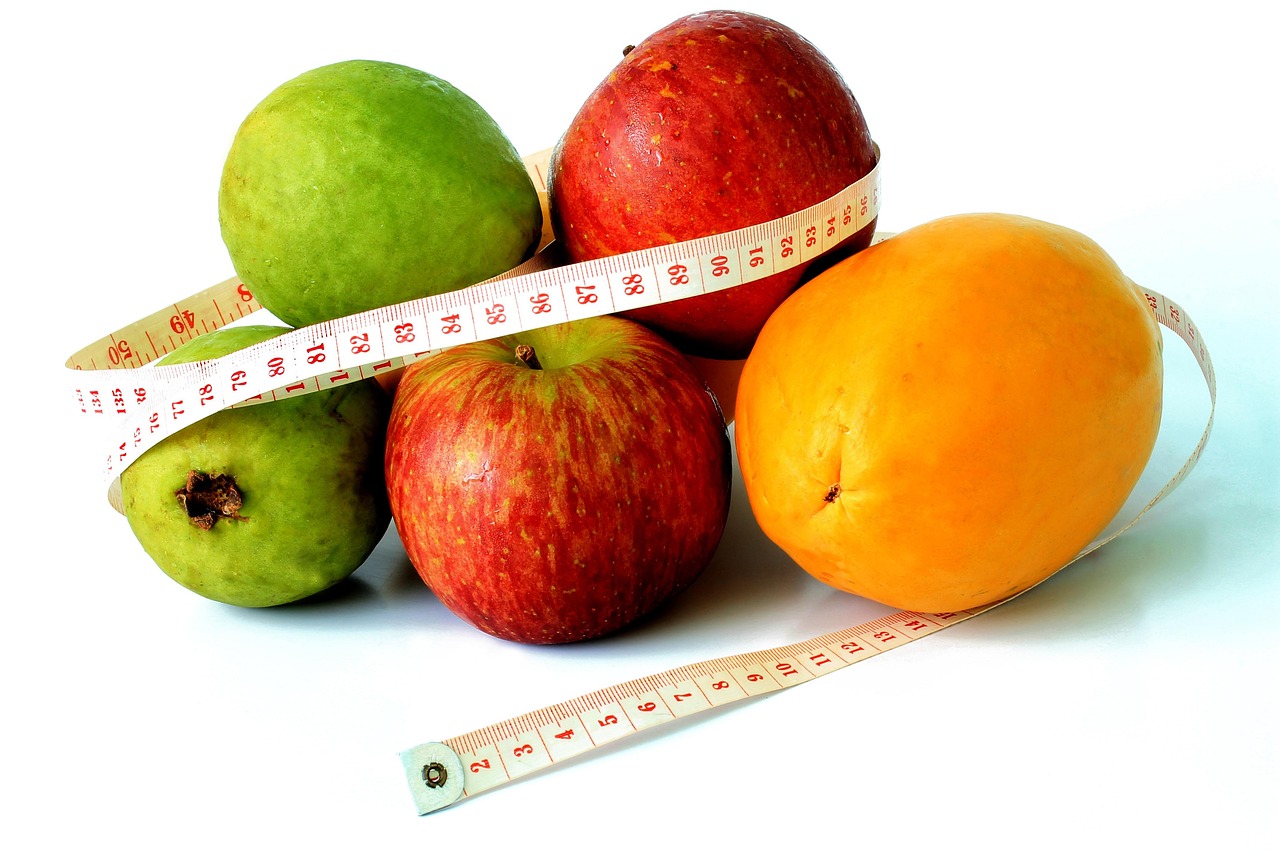Binary to ASCII
Binary to ASCII is the process of converting a binary number or sequence (base-2) into its corresponding ASCII (American Standard Code for Information Interchange) character. In ASCII, each character (such as letters, digits, punctuation, and control characters) is represented by a specific 7-bit or 8-bit binary code. By converting binary to ASCII, we can read and understand binary data as human-readable characters.
Binary to ASCII is the process of converting a binary number or sequence (base-2) into its corresponding ASCII (American Standard Code for Information Interchange) character. In ASCII, each character (such as letters, digits, punctuation, and control characters) is represented by a specific 7-bit or 8-bit binary code. By converting binary to ASCII, we can read and understand binary data as human-readable characters.
How It Works:
- Group the binary number into 8-bit chunks (also called bytes), since each ASCII character is typically represented by a byte (8 bits).
- Convert each 8-bit binary chunk to its corresponding decimal value: Each group of 8 bits represents a number in binary, which is then converted into decimal.
- Look up the decimal value in the ASCII table: The decimal value corresponds to an ASCII character, such as a letter, number, or symbol.
- Repeat the process for all groups of 8 bits.
Example of Binary to ASCII Conversion:
- Binary:
01001000 01100101 01101100 01101100 01101111
-
Group into 8-bit chunks:
01001000→7201100101→10101101100→10801101100→10801101111→111
-
Convert each binary chunk to decimal:
01001000(binary) =72(decimal)01100101(binary) =101(decimal)01101100(binary) =108(decimal)01101100(binary) =108(decimal)01101111(binary) =111(decimal)
-
Look up the ASCII characters for the decimal values:
72→H101→e108→l108→l111→o
So, the binary sequence 01001000 01100101 01101100 01101100 01101111 corresponds to the ASCII text Hello.
Example 2:
- Binary:
01000001 01000010 01000011
-
Group into 8-bit chunks:
01000001→6501000010→6601000011→67
-
Convert each binary chunk to decimal:
01000001(binary) =65(decimal)01000010(binary) =66(decimal)01000011(binary) =67(decimal)
-
Look up the ASCII characters for the decimal values:
65→A66→B67→C
So, the binary sequence 01000001 01000010 01000011 corresponds to the ASCII text ABC.
Steps of Conversion:
- Step 1: Divide the binary sequence into 8-bit chunks.
- Step 2: Convert each chunk from binary to decimal.
- Step 3: Look up the corresponding ASCII character for each decimal value.
- Step 4: Combine the characters to form the resulting ASCII text.
Common Uses of Binary to ASCII Conversion:
-
Data Transmission: Binary data is often transmitted or stored in systems using ASCII encoding. Converting binary to ASCII allows you to interpret and display that data in a human-readable format.
-
Programming and Debugging: In software development, especially in low-level or system programming, binary to ASCII conversion helps debug or analyze data by converting raw binary output into understandable text.
-
Networking: Data transmitted over a network is sometimes encoded in binary. Converting binary to ASCII helps to interpret IP addresses, URLs, and other text-based data.
-
File Formats: Many file formats use binary to store text data (like in image files, audio files, etc.). Converting binary data into ASCII allows access to the readable information stored within the files.
Why Use Binary to ASCII Conversion?
- Human Readability: Binary data is not human-readable by itself. Converting it to ASCII provides a way to interpret the raw binary data into understandable characters.
- Data Analysis: Binary to ASCII conversion is essential for analyzing data, especially when working with encoded data formats or troubleshooting technical issues.
- Compatibility: ASCII is a widely used encoding standard, and converting binary to ASCII ensures that data can be interpreted and displayed correctly in systems that use this standard.
Binary to ASCII Table for Reference:
Here are a few binary-to-ASCII conversions:
01000001(binary) =A(ASCII)01100001(binary) =a(ASCII)00110000(binary) =0(ASCII)00100001(binary) =!(ASCII)
Binary to ASCII converters are commonly used in programming, debugging, and data processing tasks. They can be found in online tools, programming languages, and software applications to make converting binary data into readable ASCII text easier and faster.













